
Beat matching is a fundamental skill that every DJ should master, as it involves synchronizing the beats of two or more tracks to create seamless transitions and maintain a consistent tempo throughout a set. To get started with beat matching, you’ll need to have a solid understanding of the BPM (beats per minute) and the structure of the tracks you’ll be working with. Begin by selecting two tracks with similar tempos, and then listen closely to the beats, focusing on matching their rhythms. Adjust the pitch and tempo of the tracks as necessary to achieve alignment, using headphones to cue up the next track and cue points to mark key beat locations. With practice, you’ll be able to confidently blend tracks together and create a smooth and synchronized DJ mix.
Introduction to Beat Matching

Introduction to Beat Matching involves synchronizing the beats of two or more tracks to create seamless transitions and maintain a consistent tempo throughout a set. To practice beat matching, select tracks with similar tempos and focus on matching their rhythms. Use headphones to cue up the next track and adjust the pitch and tempo as necessary. With practice, you can confidently blend tracks together and create a smooth DJ mix.
Importance of Beat Matching in DJing
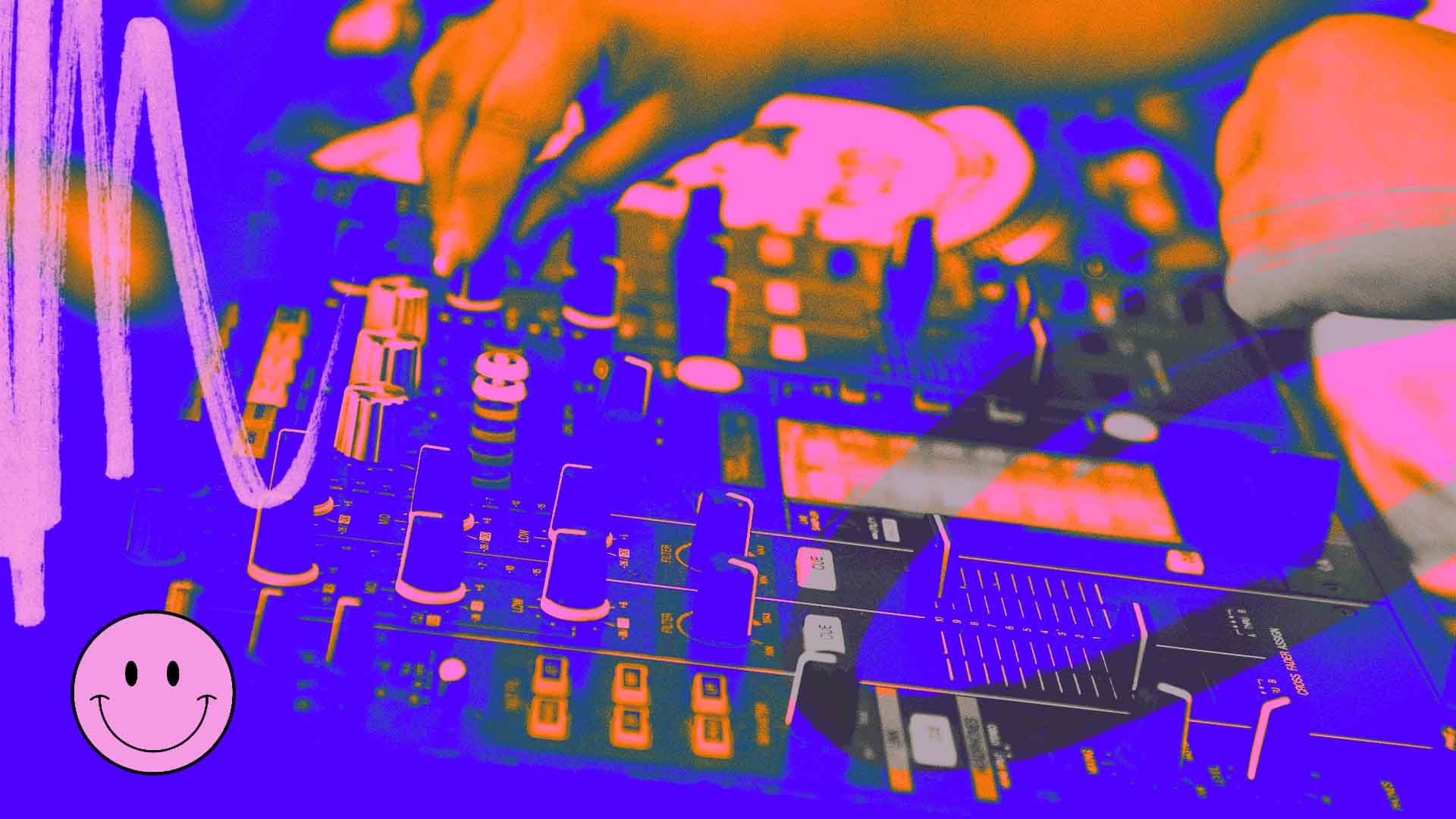
Beat matching is an essential skill in DJing that allows for seamless transitions and ensures a consistent tempo throughout a set. By synchronizing the beats of multiple tracks, DJs can create a continuous flow of music and keep the energy levels up on the dancefloor. This skill is crucial for maintaining the groove and keeping the audience engaged. Without beat matching, abrupt changes in tempo can disrupt the flow of the music and result in a disjointed DJ set. Whether it’s a smooth transition between tracks or a gradual build-up of energy, beat matching is key to creating a cohesive and memorable DJ performance.
Finding the Right Equipment for Beat Matching

When it comes to beat matching, having the right equipment is crucial. DJs need to invest in high-quality DJ controllers and headphones that offer precise control over tempo and beatmatching. The right equipment can make the process smoother and more accurate, allowing DJs to create seamless transitions and maintain a consistent tempo throughout their sets. Consider factors such as durability, functionality, and compatibility when choosing equipment for beat matching. It’s also important to ensure that the equipment fits your budget and meets your specific needs as a DJ.
Choosing the Best DJ Controllers
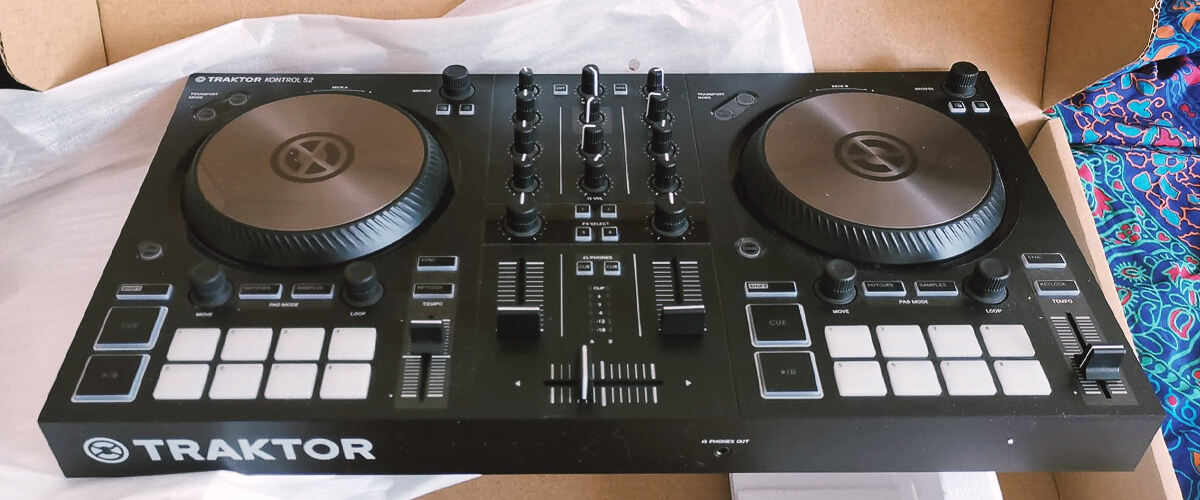
Choosing the Best DJ Controllers: Selecting the right DJ controller is crucial for effective beat matching. Look for controllers that offer precise tempo control, a user-friendly interface, and compatibility with your DJ software. Consider factors such as build quality, number of channels, and additional features like pads and effects. Research and read reviews to find the best DJ controller that suits your needs and budget.
Selecting the Ideal Headphones for Beat Matching

When selecting headphones for beat matching, look for models that offer accurate sound reproduction, a comfortable fit, and noise isolation to help you focus on the beat. Consider closed-back headphones for better isolation, and check for a wide frequency response range to ensure you can hear all the details in your tracks.
Mastering Beat Matching Techniques

To master beat matching techniques, start by practicing beat matching by ear, focusing on aligning the beats of two tracks seamlessly. Another technique is using visual aids like waveforms to visually match the beats. Experiment with adjusting tempo and pitch to create smooth transitions, and utilize looping and cue points for precision. With practice and experimentation, you can refine your beat matching skills and take your DJing to the next level.
Beat Matching by Ear

Beat matching by ear is a crucial skill for DJs, as it allows them to seamlessly align the beats of two tracks without relying on visual aids. To practice beat matching by ear, DJs should focus on listening carefully to the beats of each track and adjusting the pitch and tempo accordingly. This can be done by nudging the platter or using the pitch control to match the beats. With practice, DJs can develop a keen sense of timing and improve their ability to beat match accurately.
Using Visual Aids for Precise Matching
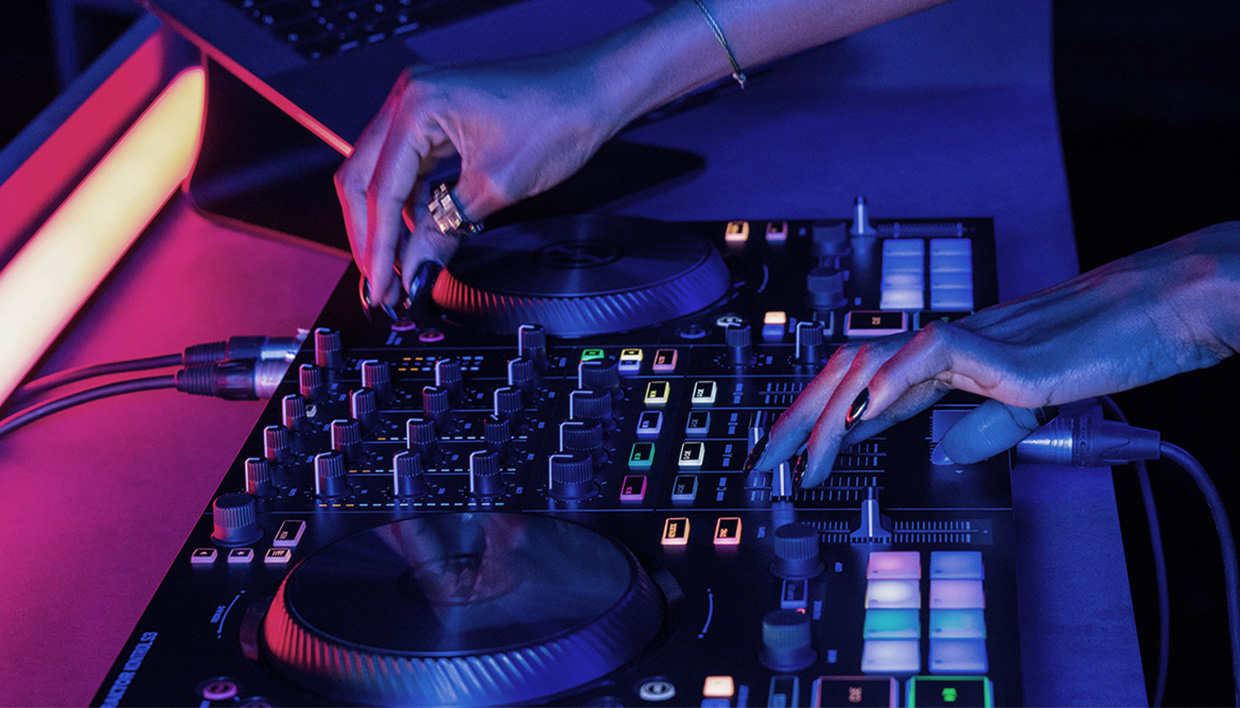
To achieve precise beat matching, DJs can also utilize visual aids such as waveforms and BPM counters on their DJ software or hardware. These tools provide a visual representation of the tracks, making it easier to identify and align the beats. DJs can visually compare the waveforms and adjust the pitch or tempo accordingly for a more accurate match. This combination of auditory and visual cues helps DJs achieve seamless and precise beat matching for their mixes.
Tips and Tricks for Perfect Beat Matching

Tips and Tricks for Perfect Beat Matching:
- Adjusting Tempo and Pitch: Fine-tuning the tempo and pitch of your tracks can help achieve smoother beat matching.
- Utilizing Looping and Cue Points: Take advantage of looping and cue points to create seamless transitions between tracks.
- Practicing and Refining Your Beat Matching Skills: Regular practice and experimentation with different genres and tracks will help you refine your beat matching abilities.
- Taking Your Beat Matching to the Next Level: Explore creative techniques such as creating seamless transitions and incorporating effects and samples into your mixes.
Adjusting Tempo and Pitch
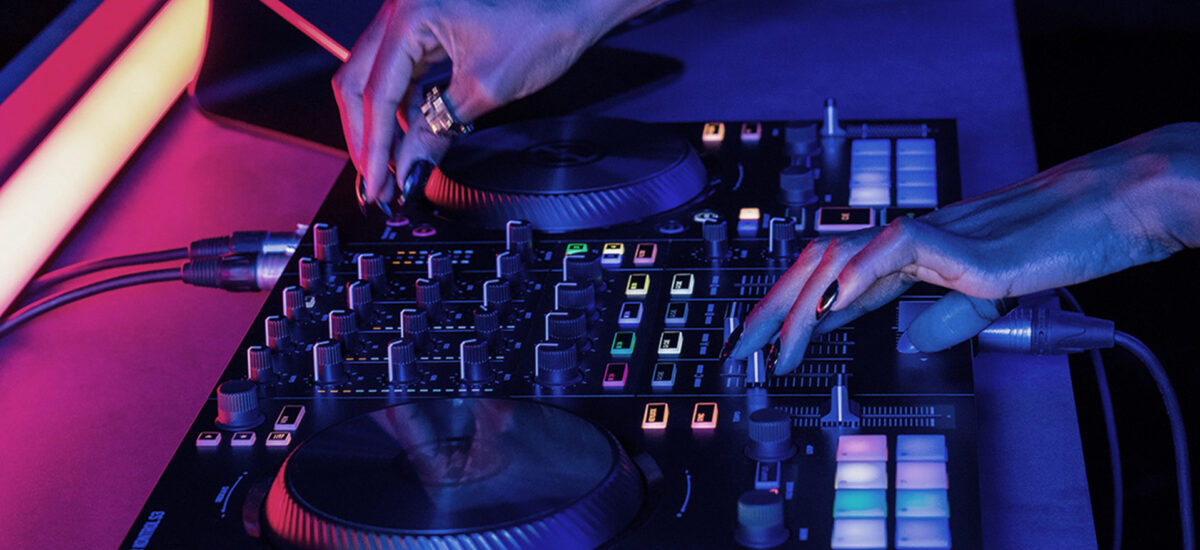
To achieve perfect beat matching, it’s crucial to master the art of adjusting tempo and pitch. Fine-tuning the tempo and pitch of your tracks can help you create smoother transitions and blend different songs seamlessly. Use your DJ software or controller to make small tempo and pitch adjustments, and practice experimenting with different settings to find the perfect match for each track. By mastering this technique, you’ll be able to create harmonious mixes that keep the energy flowing on the dancefloor.
Utilizing Looping and Cue Points

Utilizing looping and cue points is essential in beat matching to create seamless transitions and build energy on the dancefloor. By setting loop points and using cue points strategically, DJs can loop and repeat certain sections of a track, allowing them to match beats more accurately and extend or shorten the duration of a mix. This technique adds creativity and versatility to a DJ’s performance, enabling them to create unique and engaging sets that keep the crowd dancing. Experimenting with different loop lengths and cue points can help DJs find creative ways to blend tracks and maintain the flow of the music.
Practicing and Refining Your Beat Matching Skills

Practicing and Refining Your Beat Matching Skills
- Set aside dedicated practice time to focus on beat matching.
- Start with tracks that have clear and distinct beats for easier matching.
- Use headphones to isolate the beats of each track and listen closely.
- Start by matching the beats manually, adjusting the pitch as necessary.
- Gradually increase the difficulty by working with tracks of different tempos and genres.
- Practice transitioning smoothly between tracks, blending them seamlessly.
- Record and listen back to your mixes to identify areas for improvement.
- Seek feedback from other DJs or mentors to gain insights and tips.
- Repeat the practice process regularly to refine your beat matching skills.
- Keep exploring new music to expand your library and challenge yourself.
Developing Your Sense of Timing

Developing your sense of timing is crucial for achieving accurate beat matching in your DJ sets. One way to improve your timing is to practice counting beats and identifying patterns in different tracks. Additionally, try practicing with a metronome or drum machine to develop a strong internal rhythm. As you continue to practice, your sense of timing will become more refined, allowing you to seamlessly match beats and create smooth transitions in your mixes. Remember, consistency and repetition are key in developing a reliable sense of timing.
Experimenting with Different Genres and Tracks

When it comes to experimenting with different genres and tracks, it’s important to have an open mind and explore a wide range of music. Start by selecting tracks from genres you are less familiar with, and mix them with your preferred style. This will add diversity and excitement to your sets, allowing you to create unique and memorable experiences for your audience. Keep experimenting and trust your instincts to find unexpected combinations that work well together. Remember, the key is to have fun and keep pushing the boundaries of your creativity.
Taking Your Beat Matching to the Next Level

Taking Your Beat Matching to the Next Level
- Create Seamless Transitions: Transitioning from one track to another smoothly is a vital skill. Use EQ and volume controls to blend the beats seamlessly, creating a continuous flow for your audience.
- Incorporate Effects and Samples: Adding effects and samples can elevate your mix and make it unique. Experiment with different effects like reverb, delay, or filters to enhance certain elements of the tracks and engage your listeners.
- Experiment with Mashups and Remixes: Take your beat matching skills to new heights by creating mashups or remixes. Combining elements from different tracks can create exciting and unexpected results, showcasing your creativity and originality.
- Stay Updated with New Music: Stay on top of the latest releases and trends in various genres. This will allow you to consistently introduce fresh and current tracks into your sets, keeping your audience engaged and eager for more.
- Record and Analyze Your Mixes: Record your mixes and listen back to them critically. This will help you identify areas for improvement and perfect your beat matching technique over time.
Remember, taking your beat matching skills to the next level requires practice, experimentation, and dedication. Continuously challenge yourself and push the boundaries to create memorable and captivating DJ sets.
Creating Seamless Transitions

To create seamless transitions between tracks, use EQ and volume controls to blend the beats smoothly. This will ensure a continuous flow of music for your audience. Experiment with different effects like reverb, delay, or filters to add depth and enhance certain elements of the tracks. Applying these techniques will elevate your mix and make it unique.
Incorporating Effects and Samples for a Unique Mix
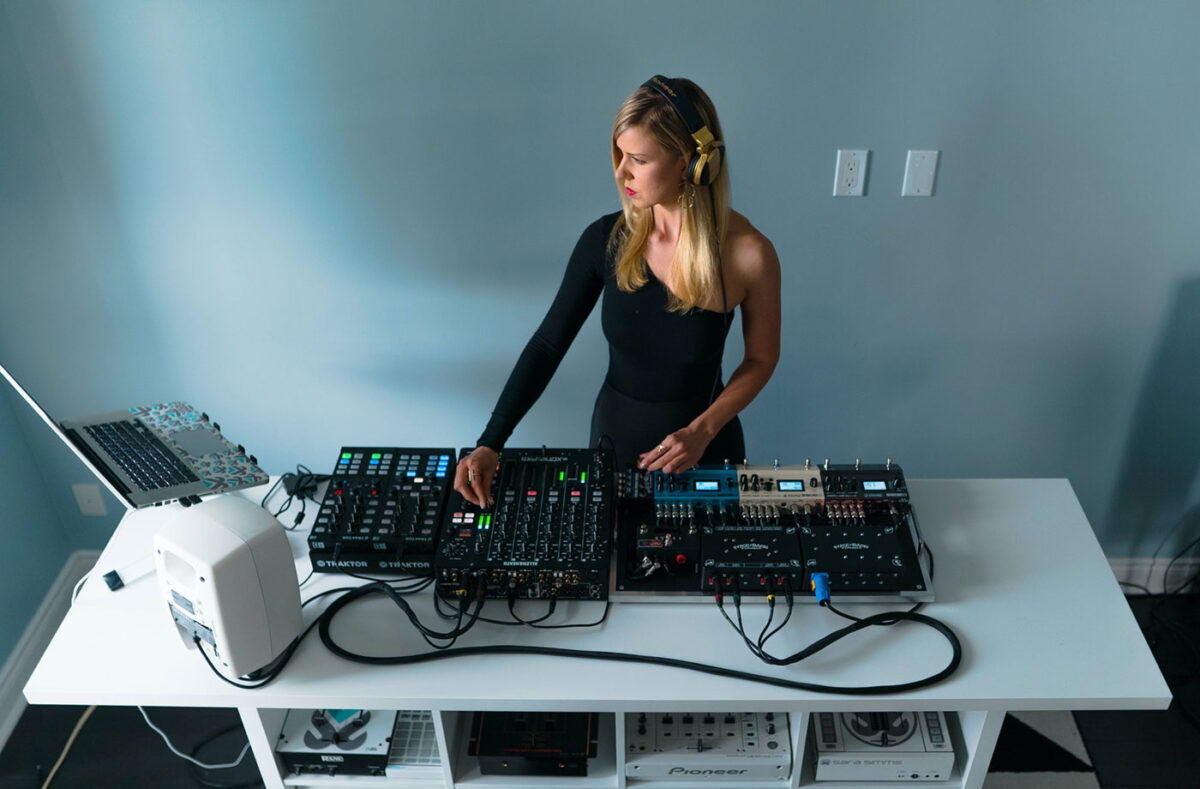
When incorporating effects and samples into your mix, experiment with different combinations to create a unique and dynamic sound. Use effects like filters, delays, and reverbs to add texture and depth to your tracks. Incorporate samples strategically, using them to enhance certain sections or create transitions between songs. Remember to practice and refine your techniques to master the art of incorporating effects and samples seamlessly into your mix.